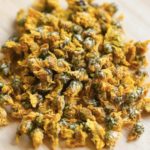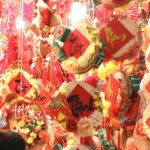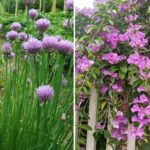Below are some types of flowers commonly displayed during Tet that contain some allergenic and skin-irritating substances.
1. Lily
Lilies with their graceful appearance and strong fragrance will bring a sense of elegance to your home. Especially, according to Vietnamese belief, displaying lilies during Tet will bring prosperity and good luck.
Lilies are also considered symbols of reconciliation, purity, and freshness. When choosing lilies to decorate your home during Tet, Vietnamese people hope that the new year will bring many blessings, happiness, and success.
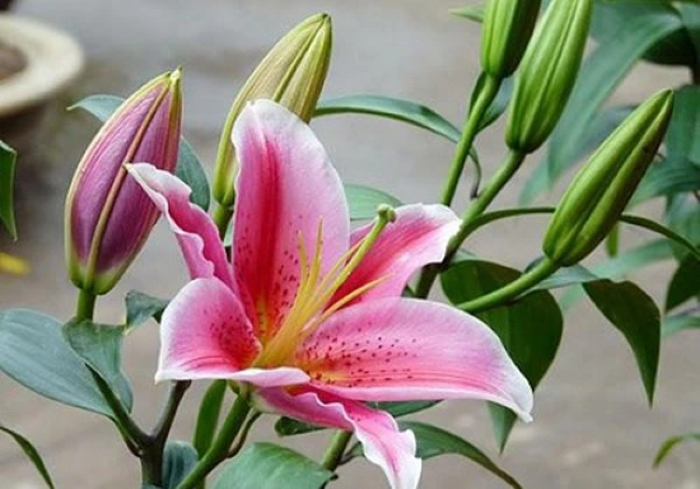
Although most lilies do not have pollen and will not cause pollen allergies, the strong fragrance of lilies can stimulate people who suffer from headaches or are sensitive to headache-inducing fragrances, causing nausea.
2. Chrysanthemum
Displaying chrysanthemums during Tet not only beautifies your home but also symbolizes longevity, good luck, and prosperity. Chrysanthemums are symbols of life, health, and longevity in Eastern culture, especially in Vietnam.
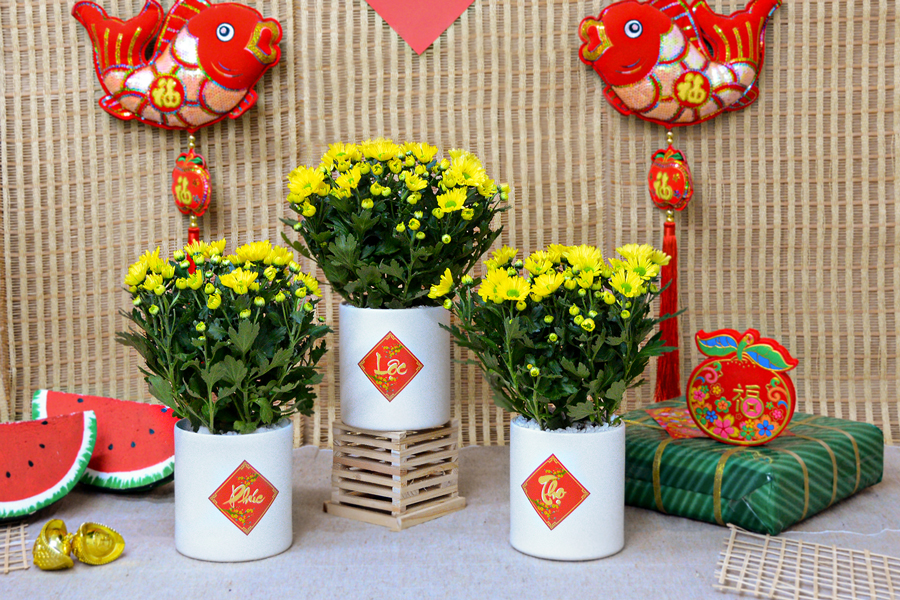
However, chrysanthemum pollen contains many allergenic substances, including sesquiterpene lactones. These allergenic substances are produced on the surface of flowers and leaves, often in the form of trichomes (plant hairs), which can easily be released into the air.
Contact dermatitis caused by chrysanthemums usually starts at the fingertips (from handling the flowers) but can spread to the wrists and face. Sometimes the symptoms last persistently and are related to the development of chronic atopic dermatitis.
Contact urticaria has also been reported after contact with chrysanthemums. It is an itchy rash that occurs within minutes of direct contact with the plant and subsides within an hour or longer.
3. Primrose
During Tet, displaying primroses represents purification, hope, and rebirth. Primroses usually bloom in spring, marking the end of winter and the beginning of a new cycle. Vietnamese people believe that primroses bring luck and freshness to the home and family in the new year.
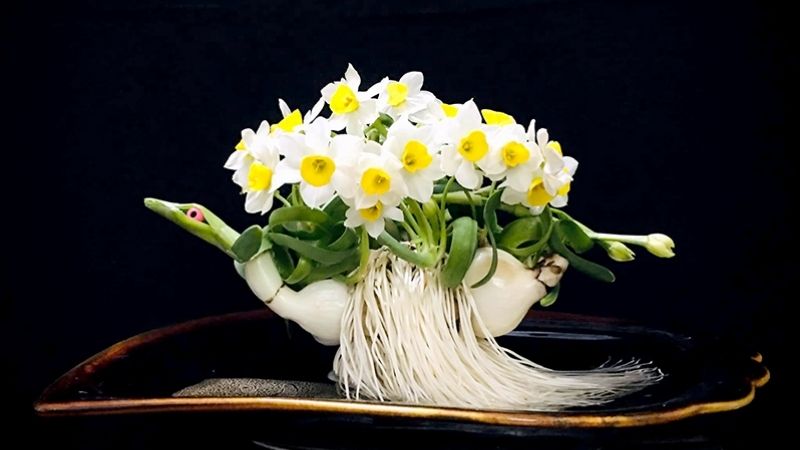
Although beautiful, yellow primroses can cause severe allergies, even death. The symptoms include allergic rhinitis, asthma, contact dermatitis, irritant contact dermatitis (from contact with primrose sap), and urticaria. Primroses contain alkaloids including masonin and homolycorin. These substances combined with calcium oxalate crystals seem to provoke allergic reactions.
4. Tulip
In reality, tulips are not traditional flowers in Vietnamese Tet culture, but due to the diversity of culture and acceptance of new customs, tulips have become increasingly popular.
Tulips come in various colors, each with its own meanings: red represents love and passion, yellow symbolizes warmth and happiness, and white symbolizes purity and new beginnings. Therefore, displaying tulips during Tet is considered a way to welcome the new year with hopes of a good and colorful start.
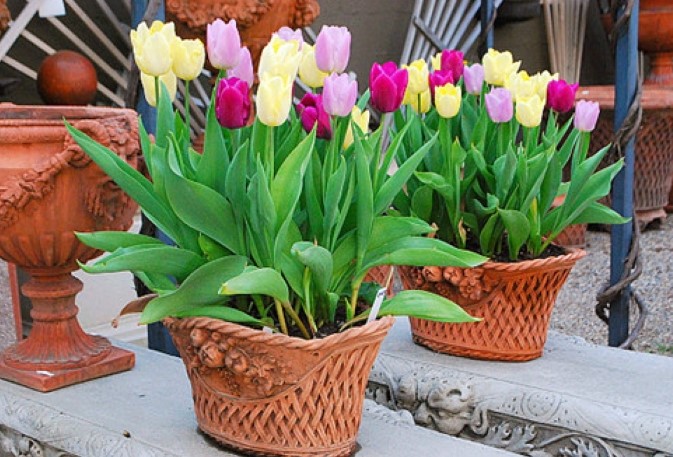
Tulips are beautiful flowers with many symbolic meanings during Tet, but they can also cause allergies. However, it is not the tulip flower itself that causes allergies but the tulip bulb. Tulip bulb dermatitis usually affects the hands and is characterized by redness, swelling, itching, eczema, and vesicles. The nails may become brittle and cracked.
5. Hydrangea
Displaying hydrangeas during Tet symbolizes wealth, abundance, and family unity. This flower also represents allure and noble beauty. Choosing hydrangeas during Tet also signifies a strong, vibrant, and reunited family in the new year.
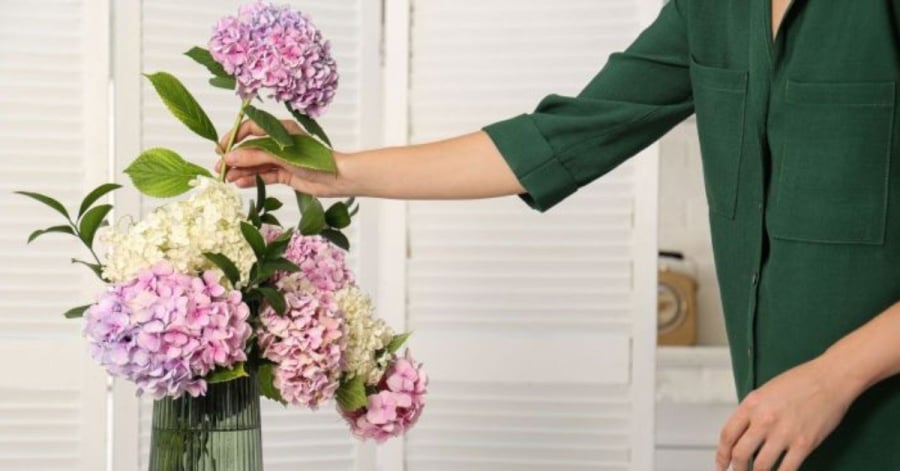
However, hydrangeas can cause various symptoms from skin irritation to poisoning when touched or ingested. Particularly, the more serious toxic compound found in the leaves, stem, and flowers of hydrangeas is a cyanogen glycoside called hydrangin. Hydrangin metabolizes into cyanide in the intestine and causes discomfort, leading to nausea, diarrhea, dizziness, shortness of breath, and weakness if you eat this flower.
Guide to Restoring Skin with Steam Facial Using Chamomile Flowers
Are you looking for ways to improve the health of your skin? If so, consider giving dried chamomile flowers a try! Not only can they provide relief from dryness and roughness, but they may also help to even out your skin tone. Read on to find out more about the amazing benefits of chamomile flowers!
10 Flower Suggestions to Celebrate Vietnam Teacher’s Day 20/11
On Vietnamese Teachers’ Day, which falls on November 20th, we have the opportunity to send our warmest flowers to our teachers. It is common to give roses, orchids, and other beautiful flowers on this occasion. As a tribute to their dedication and hard work, we honor our teachers with these blossoms filled with gratitude and respect. Let us celebrate and express our appreciation for the incredible influence they have had on our lives. Happy Vietnamese Teachers’ Day!

























